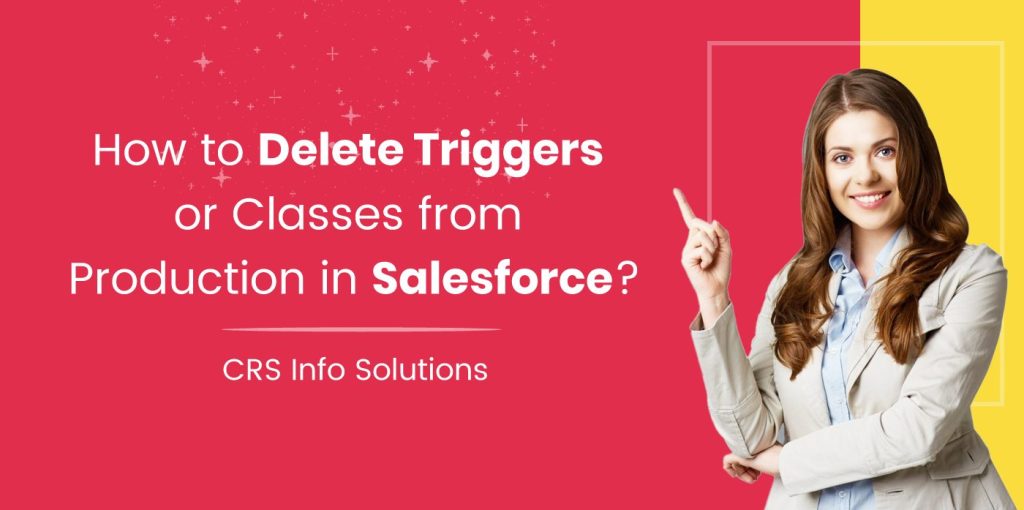How to Delete Triggers or Classes from Production in Salesforce?

Question
I’m encountering some confusion with deleting components in production. I understand that you can’t delete a class directly in production—you must remove it in your sandbox and then deploy the deletion using a package. However, when I delete a trigger in my sandbox, it doesn’t show up as a removal in the deployment package. Is this process different for classes versus triggers, or does it depend on how the component was originally deployed (e.g., via IDE)?
For example, consider this snippet from a destructiveChanges.xml file for a deleted class:
<?xml version="1.0" encoding="UTF-8"?>
<Package xmlns="http://soap.sforce.com/2006/04/metadata">
<types>
<members>MyClassToDelete</members>
<name>ApexClass</name>
</types>
<version>53.0</version>
</Package>How should I configure my deployment package to ensure that deleted triggers or classes are correctly recognized and removed from production?
Answer
Deleting Apex classes or triggers from a Salesforce production environment requires a specific process because direct deletion is not supported. This is to ensure system integrity and maintain compliance with Salesforce’s metadata deployment standards. I will explain how to perform this task step by step, including options using a Sandbox and Workbench. This guide will help you understand how to delete triggers or classes from production environments.
CRS Info Solutions delivers exceptional Salesforce Online Course with real-world projects and certification support. Their practical approach ensures you’re fully job-ready…!
Explanation:
In Salesforce, you cannot directly delete classes or triggers in production. Instead, you must follow a deployment process that includes marking the metadata for deletion. Here are the steps you can follow to delete a class or trigger:
Step1. Delete the class or trigger in your Sandbox environment.
You must first remove the class or trigger from your Sandbox. After deleting, you must create a deployment package that includes the deletion instructions for your production environment. When learning how to delete such classes or triggers from production, this step is critical.
See also: Detailed Guide to Triggers in Salesforce
Step2. Create a destructiveChanges.xml file.
This file specifies the metadata components you want to delete. Here’s an example format for deleting a single Apex class:
<?xml version="1.0" encoding="UTF-8"?>
<Package xmlns="http://soap.sforce.com/2006/04/metadata">
<types>
<members>SomeClass</members>
<name>ApexClass</name>
</types>
<version>30.0</version>
</Package>Code Explanation: This XML file tells Salesforce to delete the Apex class SomeClass during deployment. The ApexClass for classes or ApexTrigger for triggers).
<members>SomeOtherClass</members>Step3. Create a package.xml file.
This file is required for the deployment process. Here’s an example:
<?xml version="1.0" encoding="UTF-8"?>
<Package xmlns="http://soap.sforce.com/2006/04/metadata">
<version>30.0</version>
</Package>Code Explanation: The package.xml file does not include any components but is required for deploying metadata changes. The
See also: Trigger Framework in Salesforce
Step4. Zip the files.
Place both destructiveChanges.xml and package.xml into a folder. Compress the folder into a .zip file. Learning how to delete metadata like triggers or classes from production means getting these steps right every time.
Step5. Deploy using Workbench.
Go to Salesforce Workbench and log in with your credentials. Navigate to Migration > Deploy. Upload the .zip file, select the following options:
See also: Triggers in Salesforce interview questions and answers
Common Issues and Solutions:
- If the deleted metadata (e.g., classes or triggers) does not appear in your deployment package, it may be due to caching or a mismatch in API versions. Ensure you are using the correct API version.
- Classes or triggers deployed directly via IDE tools might require deletion through the same tool, rather than the Sandbox-to-production process.
- If
destructiveChanges.xmldoes not work, verify its syntax and ensure thenamefield matches the metadata type, such asApexClassorApexTrigger.
This process ensures safe and controlled deletion of metadata components while maintaining compliance with Salesforce’s deployment guidelines. Knowing how to delete specific elements such as triggers or classes from production can significantly streamline your work.
Elevate Your Career with Salesforce Training in Australia
Our Salesforce training offers an immersive learning journey, equipping you with the essential skills needed to thrive in the CRM industry. Covering key areas like Salesforce Admin, Developer, and AI, the course blends in-depth theoretical knowledge with hands-on practical experience. By working on real-world projects and assignments, you’ll gain the confidence and expertise to tackle complex business challenges using Salesforce solutions. Led by industry experts, our training ensures you build both technical skills and valuable industry insights.
Beyond technical mastery, our Salesforce training in Australia provides personalized mentorship, certification exam guidance, and interview preparation to give you a competitive edge. With access to comprehensive study materials, practical project experience, and continuous support, you’ll graduate job-ready and confident. By the end of the program, you’ll be well-prepared for certification exams and armed with the problem-solving abilities that employers value most.
Take the leap into a successful Salesforce career with us—enroll in a FREE demo session today!

